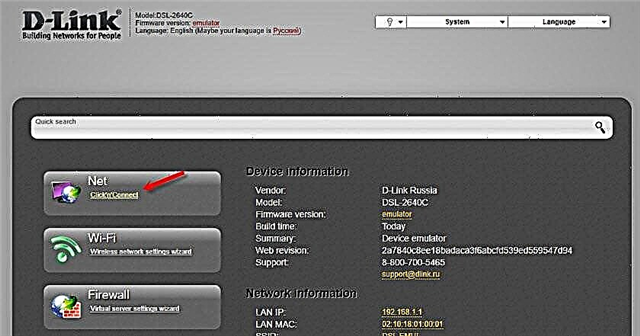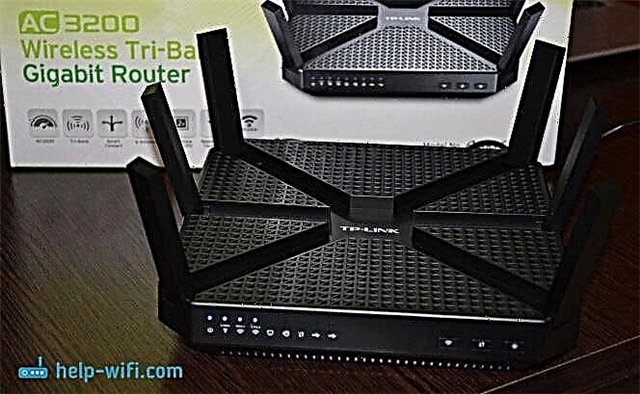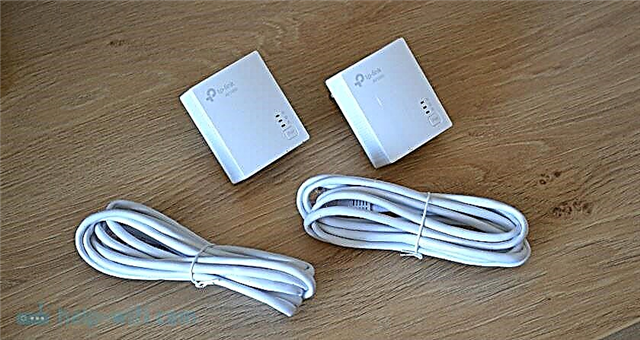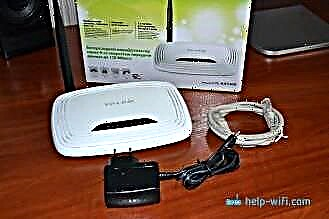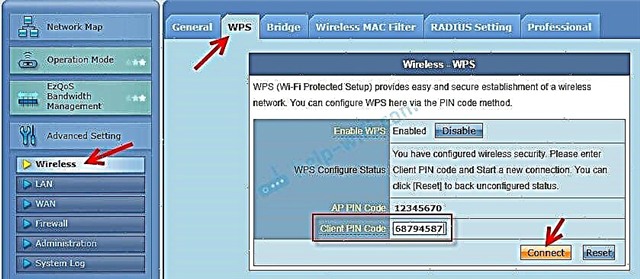To build a Wi-Fi network, as a rule, one Wi-Fi router is enough. But not always. There are often situations when, due to the large area of a house or apartment, one router cannot provide a stable Wi-Fi network signal. In such cases, you need to somehow strengthen the Wi-Fi network. There are many ways you can do this. The most popular is to install and configure a Wi-Fi repeater. But there are more interesting and functional devices. Such as: TP-Link TL-WA801ND and TP-Link TL-WA701ND.
In this article I will tell you what these devices are, for what purposes and in what situations they can be used. These are almost universal network devices with which you can build a new Wi-Fi network, strengthen the existing one, connect different devices to a Wi-Fi network, etc.

TL-WA701ND, like TL-WA801ND, is a wireless access point with the functions of a Wi-Fi network amplifier, Wi-Fi adapter and WDS bridge. The devices are almost the same. Both externally and in terms of characteristics. The older model TP-Link TL-WA801ND is a little more expensive, and it has a Wi-Fi network speed of up to 300 Mbps. 2 Wi-Fi antennas. TP-Link TL-WA701ND has 1 detachable antenna, and the maximum wireless network speed is up to 150 Mbps. This is where the main differences between the devices end. Therefore, I decided to talk about them in one article, I do not make a separate entry for each device.
An important point! These are not routers! Many people buy these devices to connect to the Internet (they connect a cable from the provider to them and want to distribute the Internet to their devices). But these devices are not designed for this. They can be used in tandem with a router, but not instead of it.
To make it clearer, let's take a closer look at what modes these access points from TP-Link can work in and what tasks they can perform.
What tasks can the TL-WA701ND and TL-WA801ND be used for?
As I already wrote, these are multifunctional network devices. In the control panel, you can select one of several operating modes. We will now take a closer look at them. And you can understand if these devices are right for you or not.
- Access Point - Internet is connected to TL-WA701ND, or TL-WA801ND via a network cable from a router or other device (not from a provider). Further, the access point distributes the Internet via Wi-Fi. Example: you have a router installed at the entrance to the apartment. In the back bedroom does not catch Wi-Fi. You put the network cable from the router into the bedroom, put the TL-WA801ND in the bedroom and connect it via cable. Another Wi-Fi network appears in the bedroom. You can set the same network names and passwords. Then the network will be one, and the devices will automatically switch between the router and the access point. But "seamless Internet" will not work, it will all be exactly 2 Wi-Fi networks, albeit with the same names and passwords. You can also use it in tandem with an ADSL modem without Wi-Fi.
- Range Extender (repeater, Wi-Fi network amplifier) - in this mode, the access point connects to another Wi-Fi network and distributes the Internet further via Wi-Fi and cable to 1 device. Example: again, you have a router in the hallway. The kitchen does not catch Wi-Fi. In the hallway, we put, for example, TP-Link TL-WA701ND, in Range Extender mode, we connect it to the main Wi-Fi network and get a wireless network in the kitchen. The access point acts as an amplifier. Receives internet over Wi-Fi and amplifies it.
- Client (Wi-Fi adapter) - in this mode, the access point can act as a Wi-Fi network receiver for a stationary computer, game console, TV, etc. Example: you have a PC that cannot connect to Wi-Fi due to the lack of a receiver. We translate TP-Link TL-WA801ND (or lower model) into client mode, connect to our Wi-Fi, and connect the computer to the access point via a network cable (which comes with the kit). We get the Internet on a computer wirelessly.
- Multi-SSID - the access point can distribute up to 4 Wi-Fi networks with different settings. With different names (SSID), passwords, access rights restrictions.
I hope I was able to explain what these devices are and what can be done with them. This is how the choice of the operating mode on the TP-Link TL-WA801ND looks like:

You can find detailed characteristics of these devices on the TP-Link website, or in online stores.
PoE power supply of the access point up to 30 meters
One of the main features of the TL-WA701ND and TL-WA801ND access points is the PoE power connection. What it is and how it works, I will explain now. Comes with a small adapter. It looks like this:

The LAN port connects the Internet (cable from the router), the PoE port connects the cable to the access point (maximum 30 meters) and the DC power adapter, which is also included in the kit (it can also be connected directly to the access point).

It turns out that only one network cable goes to the access point, without power. Power is supplied through the network cable. Let me remind you that the maximum is 30 meters of cable. This is convenient when the device needs to be installed in some difficult place where there is no power outlet. For example, in the attic of a house. On the balcony.
A small review of TP-Link TL-WA701ND and TP-Link TL-WA801ND
The body is made of white glossy and gray matte plastic. There are cool cooling holes on the top, a company logo and indicators.

There is a sticker with factory information on the bottom of the device. On the back panel there is a mount for one or two detachable Wi-Fi antennas (depending on the model), 1 Ethernet port, a power connector, a button to turn off the power, a WPS and Reset button.

There are also holes at the bottom with which you can hang the access point on the wall.
Conclusions
The TP-Link TL-WA701ND and TP-Link TL-WA801ND access points are cool, functional and inexpensive devices. Which, as details of one constructor, can be used to build a local network with Internet access in a house, apartment, or small office.
If you have many devices, a large apartment, then such a device will never be left without a robot. No access point is needed, you can use it as a repeater, or an adapter for some device. In a private house, such a device can be installed, for example, in the attic, and distribute Wi-Fi to the entire yard. You can link it to a free Wi-Fi network and distribute the network to your devices. There are a lot of options.



